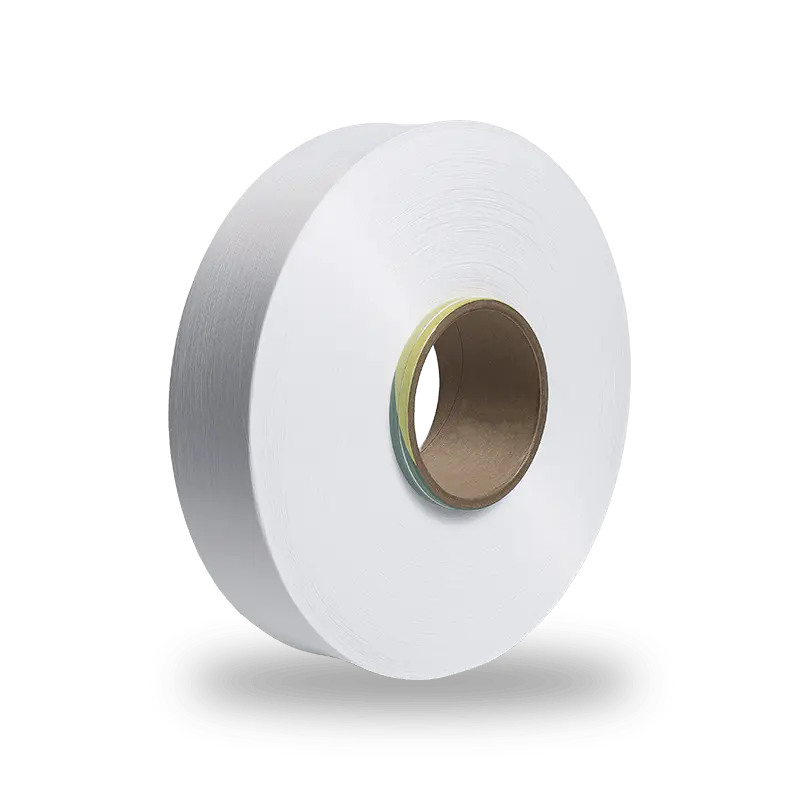In the textile industry, Nylon 6 fully drawn yarn and polyester FDY are two of the most commonly used synthetic filaments, but their performance characteristics differ in several key ways that can influence fabric quality and end-use results. While both are produced using a similar melt spinning process and are available in a variety of deniers and finishes, the intrinsic properties of the polymers themselves lead to distinct differences in behavior during knitting, weaving, and dyeing. For manufacturers, brands, and sourcing specialists, understanding these differences is crucial when selecting the right yarn for a specific product line.
One of the main distinctions lies in strength and elasticity. Nylon 6 fully drawn yarn, thanks to its molecular structure, generally offers greater tensile strength and higher elongation at break than polyester FDY. This makes it better suited for products that demand a certain level of stretch and recovery, such as activewear or seamless underwear. Polyester, on the other hand, tends to be stiffer and less elastic, which can be beneficial in applications where dimensional stability is the priority. Nylon's superior flexibility also allows for better drape and softness, qualities often preferred in high-performance garments.
Dyeing performance is another area where Nylon 6 FDY has a noticeable edge. Nylon fibers have a higher dye uptake rate and are more receptive to a wider range of dye classes, allowing for vibrant, long-lasting colors. Polyester FDY requires disperse dyes and often needs high-temperature dyeing or carrier agents to achieve comparable results, which can increase processing complexity and cost. In applications where precise color consistency or deep shades are important, such as fashion textiles or customized uniforms, Nylon 6 FDY offers a more efficient and reliable dyeing process.

When it comes to moisture management, nylon once again pulls ahead. Nylon 6 fully drawn yarn is more hydrophilic than polyester, which means it absorbs and wicks moisture more effectively. This feature enhances wearer comfort in active or outdoor settings by helping fabrics stay dry and breathable. Polyester FDY, being more hydrophobic, can trap moisture between the skin and the garment, which may not be ideal for products designed for warm or high-exertion environments.
However, polyester FDY has its advantages too—especially in terms of cost-efficiency and UV resistance. Polyester is typically cheaper to produce and offers better resistance to sunlight degradation, which makes it a practical choice for outdoor furnishings or price-sensitive markets. For buyers weighing performance versus budget, these trade-offs need to be evaluated carefully. Nylon 6 fully drawn yarn may come at a slightly higher price point, but its long-term performance benefits often justify the investment in quality-focused product lines.
At our facility, we work closely with customers to match the right filament yarn to their specific applications. Whether you're sourcing for warp knitting, weft knitting, or functional apparel production, we’re ready to support your material selection with expert insights and reliable supply. If Nylon 6 FDY is part of your textile strategy, we’d be glad to help you explore the full advantages it can bring to your product offering.


 English
English 中文简体
中文简体 Español
Español عربى
عربى










